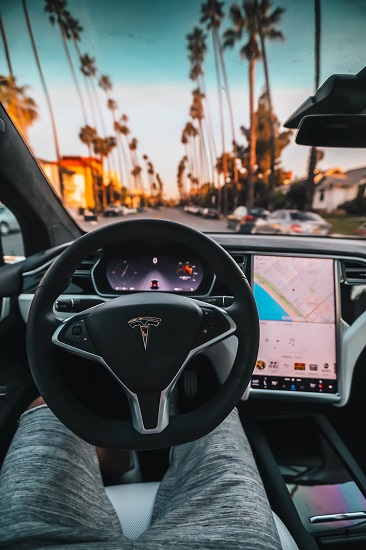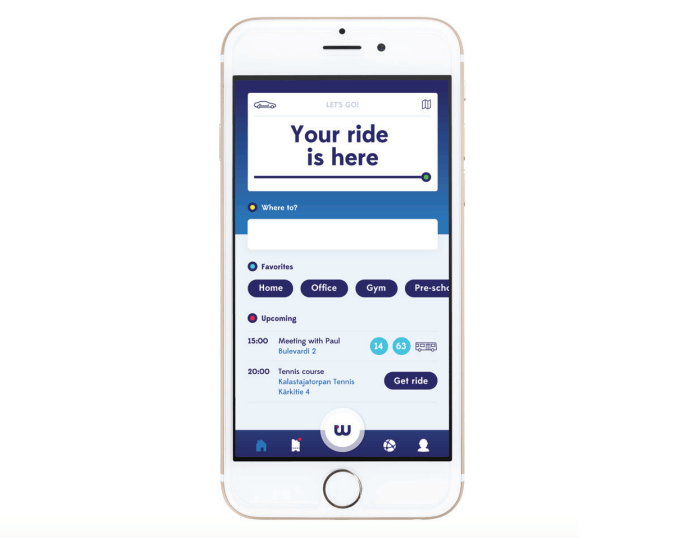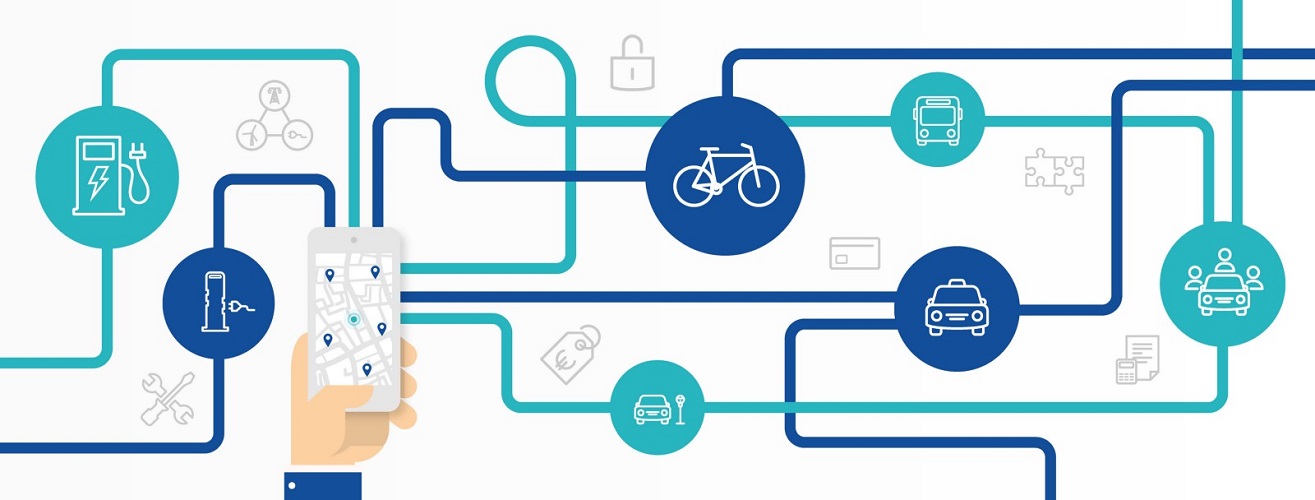In the world we live in, everyone’s always on the go. Running from place to place and meeting to meeting, it seems as if we’re in a vehicle more than we’re at the actual destination. With all this constant here and there, comes a lot of waiting in traffic, as well as time and money wasted. While Uber does help us out with this when we need to get somewhere fast, MaaS models are even better than that.
Read More About: AI Technologies Predictions That Will Dominate In 2019
What Is MaaS?
Mobility-as-a-service, otherwise known as MaaS, is an up-and-coming idea that is quickly entering and changing the automobile and transportation industry. MaaS allows users to go where they need daily by personalizing their ride with a variety of different forms of transportation that range from bikes and scooters to trains and busses. As to the how, it’s through different ‘transportation as a service’ companies.
For example, if you wanted to take a bus to the train station on your commute to work, you could take the train and then take a scooter from the train to work. In other words, think of a Netflix type of situation, but with public transportation. This is a huge advancement that will affect commuters’ everyday lives, and is a clear indicator of how transportation will change in the future.
Speaking of the change in transportation, another huge change in the automobile industry is the use of autonomous automobile technology, or to put words more simply, self-driving cars. The potential of the social impact of autonomous vehicles is super exciting and one to definitely keep an eye on. We all knew the day of “driverless” cars would come eventually, and now it is here.
Read More About: How Can IoT Help You Improve the Customer Experience?
Why Use Autonomous Automobile Technology?
There are countless incredible benefits to the up-and-coming of autonomous automobile technology. For example, saving fuel, limiting distracted driving, working while commuting to work, and making all ages and abilities accessible to personal transportation when they need it. It’s not only easier for the driver, but also (believe it or not) safer as well.
The Future of Mobility: What’s next for Auto Brands?
With the increase in popularity of MaaS, auto brands are completely switching gears when it comes to new car features. Auto brands like Tesla and Volvo have already incorporated this type of technology in their new vehicles. With these companies planning to have full self-driving capabilities in the near future, other auto brands can’t be too far behind.

How will self-driving cars impact society? Well, while there are a lot of great advantages, this kind of technology does come with a price… a hefty one. Thankfully, while it is currently at prestige price, when it’s not as fresh to the market in a couple of years, this technology will begin to cater to larger audiences. In fact, Deloitte predicts that by 2040, up to 80% of transportation will be using autonomous vehicles.
The Many Benefits of Mobility as a Service (MaaS)
Besides the fact that you can customize your ride and have a driverless car, there are a wide range of benefits of Maas models. The advantages are rising each day and are bringing satisfaction to both the individual and the community. For example, here’s how the individual, i.e. you, can benefit:
- It’s an easy way to travel using multiple transportation methods
- Dealing with traffic and parking in big cities is not only painfully time consuming, but also expensive and dangerous.
- It leads to a personalized and convenient route
- With the ability to customize your transportation, you can choose the best and cheapest way that you want to get to your destination.
- It entails quick, easy, and trackable payments
- With the use of smartphones, it’s simple and easy to pay and track your spending.
- It’s a much cheaper option than driving a personal car
- Having a personal car in big cities is becoming less common each day due to the price of parking and short destinations traveled each day, so many people are resorting to services to take place of their car.
With that in mind, let’s take a look at how the community can benefit from MaaS:
- It encourages users to use sustainable transportation services
- Being eco-friendly is something that, as humans, is important to keep in mind. Using service instead of a personal vehicle greatly reduces your eco footprint.
- It reduces traffic by A LOT
- City traffic…enough said.
- It encourages a healthy, safe community
- Less cars on the road means less accidents and pollution, therefore an improved community in many ways.
What’s Next for MaaS Models?
With the constant competition of the assortment of transportation apps competing for customers, MaaS was thinking smart when it put them all together. So, what’s next for mobility-as-a-service? Let’s take a look at a real-life example to illuminate this for us. According to Deloitte, the city of Helsinki has been using a MaaS model with an app called Whim. The app allows them to pay either a monthly subscription or pay on-the-go as they get access to all public transportation in their area, essentially eliminating the need for a car, as well as saving a ton of gas and money. This has the potential to change the world.

Final Thoughts
The future of technology is already increasingly getting more advanced every single day. It’s no secret that artificial intelligence technologies in business is completely skyrocketing, and now we have self-driving cars and city wide transportation subscriptions as well. These advances in the world of technology and urban mobility have the opportunity to completely change how the world communicates and travels. In fact, they’re already impacting future trends in the transportation industry. As for what these are, hold on tight and stay on your toes because the future of urban mobility and technology is not slowing down anytime soon.





Tell us your thoughts in the comments